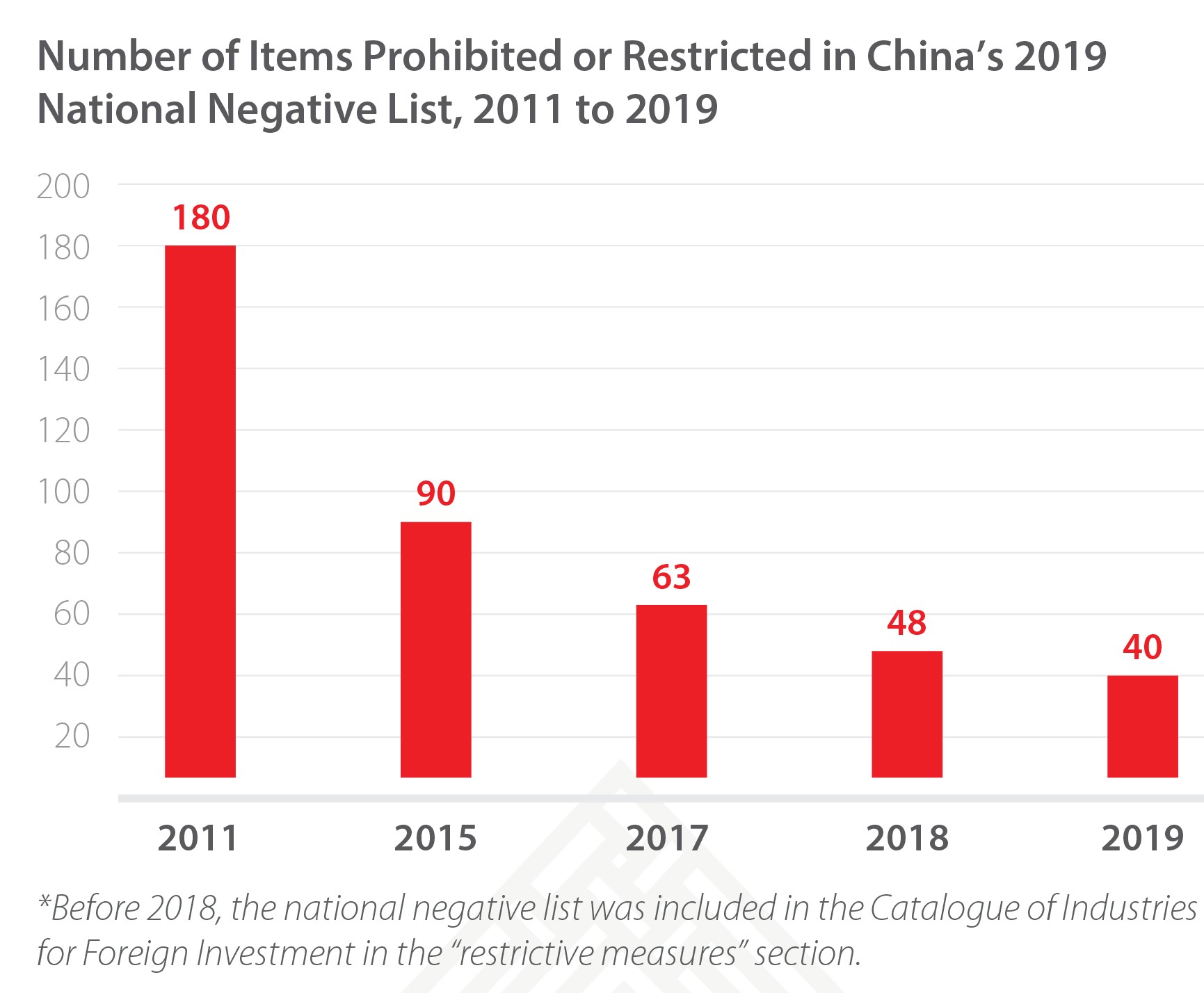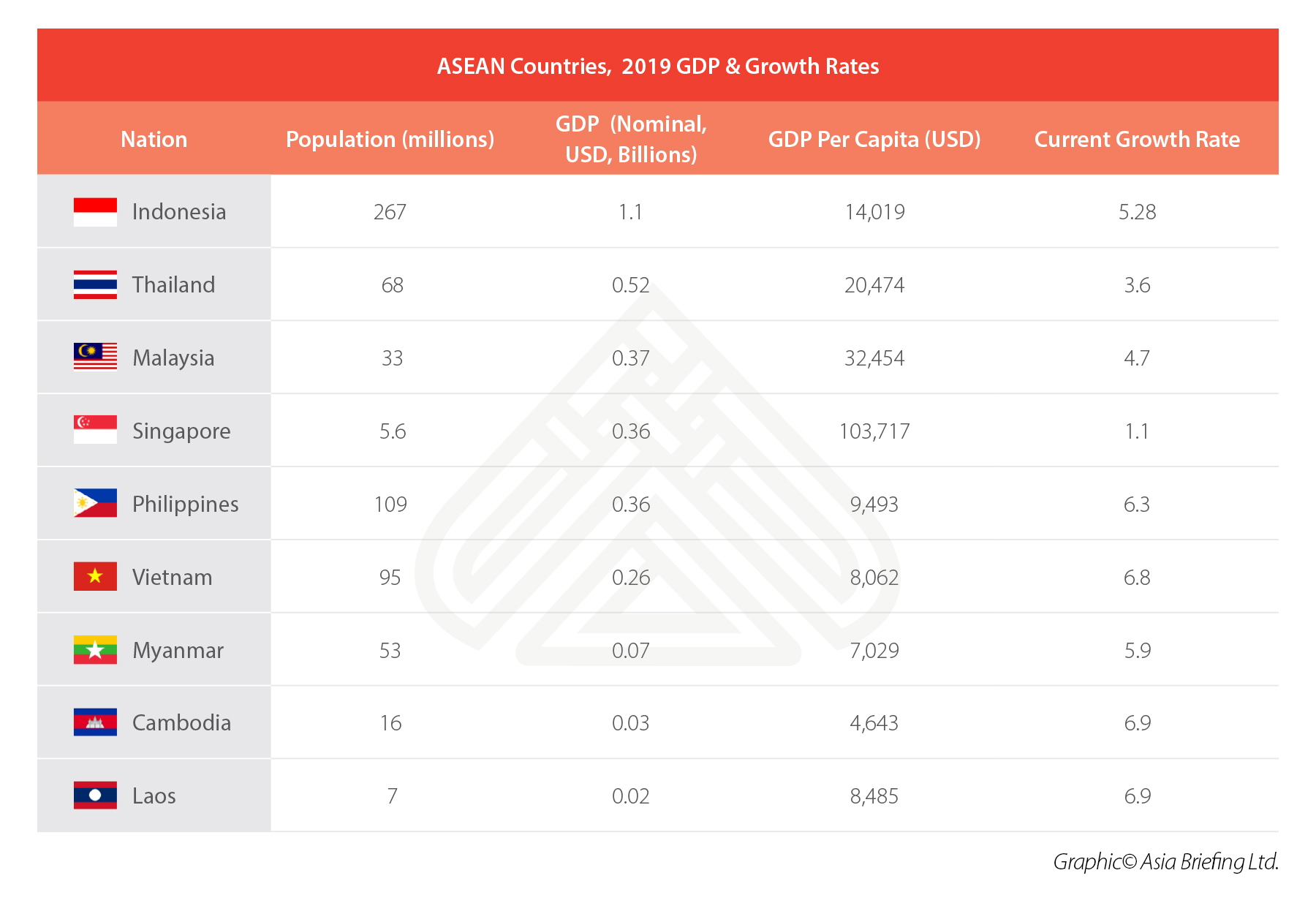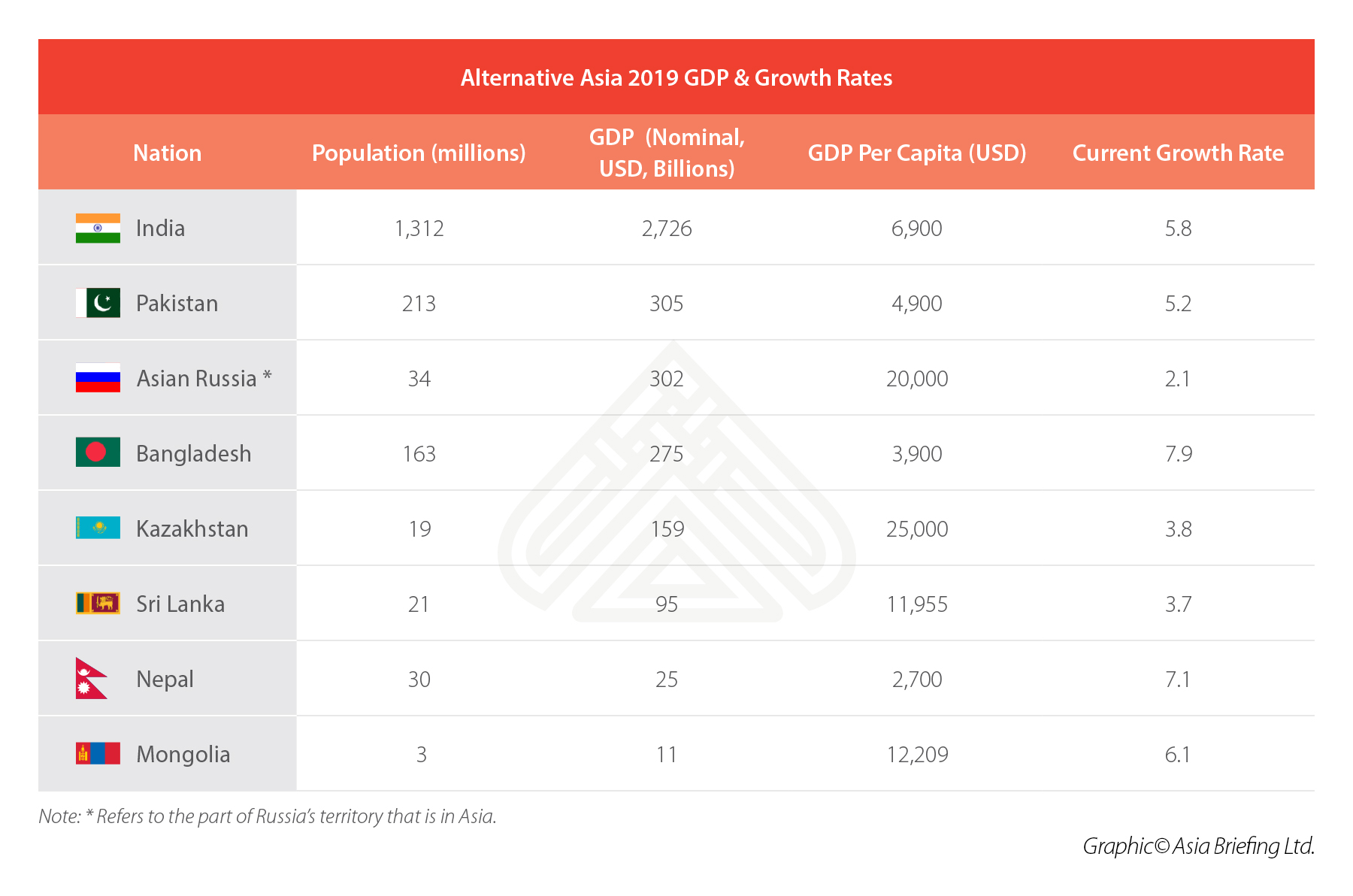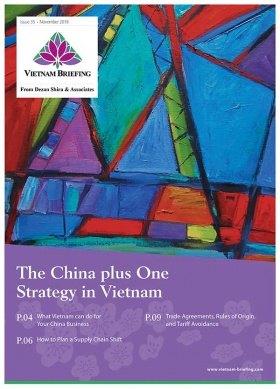Disregarding Tariffs, the New American Sourcing and Manufacturing Mantra: “In China, For China”
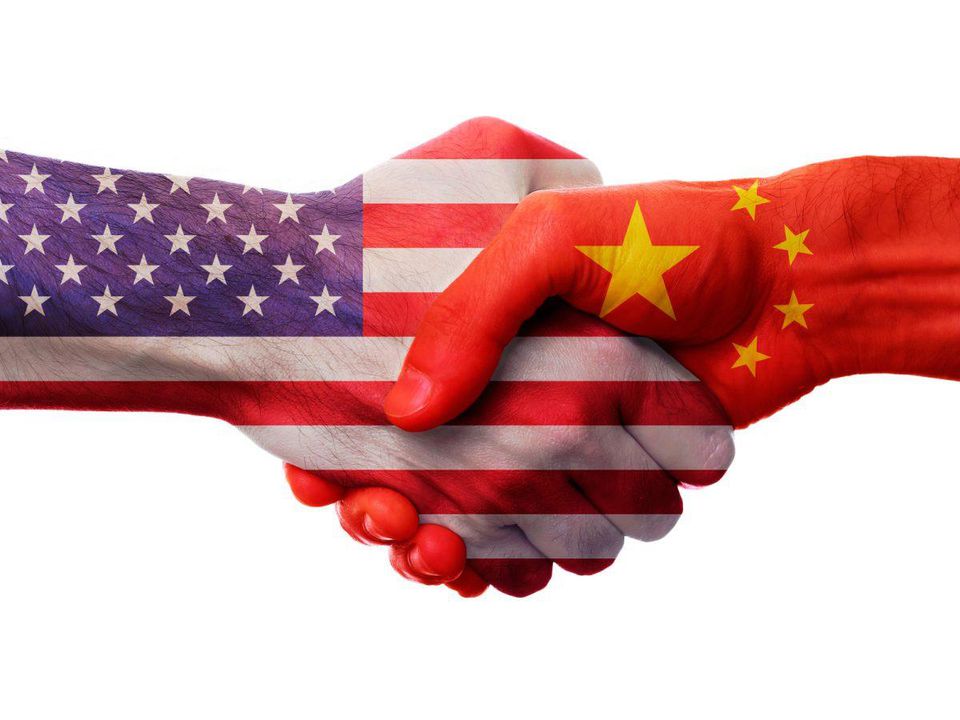
The new 2020 China investment trend will be US businesses manufacturing in China and selling to China and Asia.
Op/Ed By Chris Devonshire-Ellis
As I pointed out in yesterday’s article Serious Investors Have Already Moved Past US-China Gripes much of the US-based media and business attention this past 12 months has been on the US-China trade war, with sometimes lurid articles of despair and disaster, such as “Would The Last Manufacturing Company In China Turn Out The Lights?” and similar tales of woe and awfulness. Just yesterday, China Law Blog featured an article: “How To Stop Manufacturing In China: Try Harder”.
Such attention-grabbing, negative headlines make it harder for the American companies that do have viable plans for China to obtain funding. The anti-China negativity does viable US business interests as well as China a disservice. While it is true that the American business sector that has been reliant on importing Chinese goods for the US consumer market has taken a significant hit, this is far from the whole story.
The tariff war, which includes President Trump’s imposition of another round of tariffs on Chinese products from September 1, has begun to spur a new, self protectionist wave of American investment into China that is rather more sophisticated than the old style “Buy cheap in China and sell high in the US” model. Again this change has not just been because of trade and tariff disputes. Shanghai-based Shaun Rein stated as much in his 2014 book, “The End Of Cheap China“.
That end of cheap China manufacturing refers to a natural economic progression in China’s own development – it has simply become more expensive to manufacture products there as the cost of wages and land has risen. It is this, not the Trump-inspired tariff war that has seen some American companies relocate to cheaper manufacturing bases, such as Vietnam.
While the old, ‘buy low and sell high trade’, is now fast disappearing, it has had a good run. But new trends are emerging in the China marketplace for American companies that, if anything, promise an even more sustainable run for business opportunities. These changes are as follows, and are continuing to gain momentum:
China as a consumer market
China has been developing a huge consumer market over the past 15-20 years, and now has about 400 million middle class consumers. This has political implications as the Communist Party must satisfy their needs or they will face social problems. Increasingly, these consumers are more valuable, have more disposable income, and with the past ten years or so of massive Chinese outbound tourism, Chinese citizens want the same standard of living and access to the same products as those they have seen overseas, and particularly in the West.
The need for Chinese consumers to consume is also partially behind the massive Belt and Road Initiative, which is putting in infrastructure to allow China to both import and well as export products and services. While some of this is strategic, such as securing energy, oil, and gas supplies, some of it is also to allow the import into China of consumer commodities.
Back on the ground in China, it should be remembered that China already makes a huge amount of goods destined for ‘international markets’. There is no reason why American investors cannot manufacture products for sale in the Chinese local market. In fact, they are being welcomed to do so. China has reduced the items in its “negative list” – the industries that foreign companies can become involved with – in China, by some considerable distance. This provides more, not less opportunities to sell to China.
We can see how China has reduced the off-limits sectors to foreign investment over the past five years in the graphic below. The point is that China is a consumer market in its own right, not merely a cheap manufacturing base.
Asian consumer market
The rise and development of China is also having an impact on the growth and wealth of nearby, Asian markets, as well. For example, Vietnam’s economy is expected to overtake the GDP of Singapore within the next decade. Other Asian markets, such as those within ASEAN are all experiencing significant growth rates, with consumer demand part of this.
In fact, at Dezan Shira & Associates, we are experiencing a growth of American and other foreign investors coming to China to manufacture for, and service, the growing markets in ASEAN. Our Shanghai office alone last month established eight WFOE’s for American businesses in the Shanghai area.
This new wave of investment is because China has a Free Trade Agreement with ASEAN, covering well over 95 percent of all goods and products sold between them. While ASEAN’s manufacturing capacity is rapidly improving in countries, such as Vietnam, Indonesia, and the Philippines, it is still not always at the organizational and production standards available in China. Solution? Set up in China to sell to ASEAN.
This is also an excellent opportunity for American and other foreign investors as the GDP growth and disposable income levels across all countries in ASEAN is continuing to rise.
The US also has a very close relationship with ASEAN as a whole (in fact, Mike Pompeo, the US Secretary of State, is meeting with ASEAN foreign ministers in Bangkok at this moment) as can be seen from the US-ASEAN Business Council report on ASEAN, Why ASEAN Matters For America. Twenty-six US states each export over US$1 billion in goods and services to ASEAN, while California and Texas both export over US$15 billion in products to the region.
Whether you use China as a base to sell to ASEAN, or use ASEAN as a US manufacturing base, or combine the two, is a specific business decision. Our US clients in China mostly decide to combine their China operations with a set-up in ASEAN to maximize the investment and trade reach of both. What they do not do is shutter their China facilities. They develop them and adapt to the new China-ASEAN trade dynamic.
To hammer the point home, bilateral trade between China and ASEAN is growing at a rate of just over four percent per annum and is scheduled to hit US$600 billion this year.
That now outstrips the expected US-China volume of about US$520 billion (which is expected to drop further). So which economic ride do you want to be on? Upwards, or downwards? The choice is quite clear and many American companies recognize this. They are not leaving China, and many are increasing their production capacity, not closing their facilities as a result.
For those that have not yet seen the picture, it is time to adapt and examine both the China and ASEAN markets for the products you are currently manufacturing or sourcing. If you need help our Business Intelligence Research division has offices throughout China and ASEAN and is hired by both MNCs and governments to advise on local markets. It can always lend a hand if you need assistance with recalibrating an existing China facility.
Alternative Asia as a 2020 consumer / manufacturing market – India is the star
Asia though doesn’t just stop with ASEAN, and alternative Asia beckons as well. In this grouping we can include India, which is both a massive consumer and manufacturing market in its own right. At Dezan Shira & Associates, we have noticed a marked increase in the amount of business interest; India currently provides about one in every four FDI inquiries we receive, and FDI is pouring into the country.
This is because India offers the same capabilities as China did 20 years ago – an inexpensive labor force, cheap land, and improving infrastructure. We have had offices there since 2007. But other Asian alternatives are also on the rise, and for the first time, as a result of better integration with China’s Belt and Road Initiative, we include Kazakhstan and Asian Russia into the mix. Like the ASEAN story above, we can see the same trend – growth in these markets in strong, and accelerating.
In terms of Far East Russia incidentally, the region now accounts for 32 percent of all FDI into Russia as a whole. It is not always understood that booming Vladivostok is an Asian city – populated by European Russians, and that uniqueness creates unique trade ties with direct links between Asia and Europe.
India, meanwhile, is inheriting the Chinese mantle of workshop to the world – and also has a huge domestic consumer market of its own.
While there are some issues with bilateral trade between the US and India, work is currently being done to secure India membership of APEC, which will undoubtedly increase US-India trade. While there is progress in hand, a recent overview of the US-India Trade Relations by the United States Congressional Research Service can be viewed here.
What these trends mean is that American manufacturers in China are becoming more sophisticated and developing a longer Asian reach.
While the low-end companies reliant on buying cheap in China and selling high back in the US or “cheap dollar traders”, if you will, are being edged out of the market, the majority of American investments in China are staying put. They have either adapted to sell part, if not all, of their production to the local Chinese and Asian markets, or are combining existing China operations with manufacturing centers in ASEAN or elsewhere in Asia – specifically, India.
This is effectively the old “China Plus One” business model, which itself has been around for over a decade – I first wrote about Corporate America’s China Plus One Strategy back in 2008. This is now being replaced with a far more determined and resilient American push into China; one that is led by businesses wanting to explore and develop the Chinese market for products and services while merging a mix of US and Chinese talent and innovation.
While it is true that selling to Chinese consumers isn’t easy, this mix of American manufacturing know-how and Chinese marketing and sales techniques can be highly effective.
Products may have to be adapted to Chinese tastes, and competition in the Chinese market can be tough. On the other hand, Western brands and Western quality in products can usually be sold at a premium, even if they are made in China. The Chinese domestic market is huge and continues to grow, as does income.
Chinese GDP per capita on a PPP basis has now reached US$17,000, and is expected to be close to US$20,000 by the end of next year. These amounts are national averages and will be even higher in China’s first tier cities, such as Beijing, Shanghai, Guangzhou, and Shenzhen. This means that China is a primary market that most American businesses looking for growth cannot afford to ignore.
From there, these new American business models will and are pushing on into Asia. They are not turning off the manufacturing lights in China, have no intention of doing so, and resent the accusations that this is what is happening. Rather, these businesses form the new bulk of American investments into Asia and are – “in China, for China”.
About Us
China Briefing is produced by Dezan Shira & Associates. The firm assists foreign investors throughout Asia from offices across the world, including in Dalian, Beijing, Shanghai, Guangzhou, Shenzhen, and Hong Kong. Readers may write to china@dezshira.com for more support on doing business in China.
- Previous Article Why Should We Care About China’s GDP Growth?
- Next Article Labor Compliance in India, Vietnam’s Payroll Norms – China Outbound





















